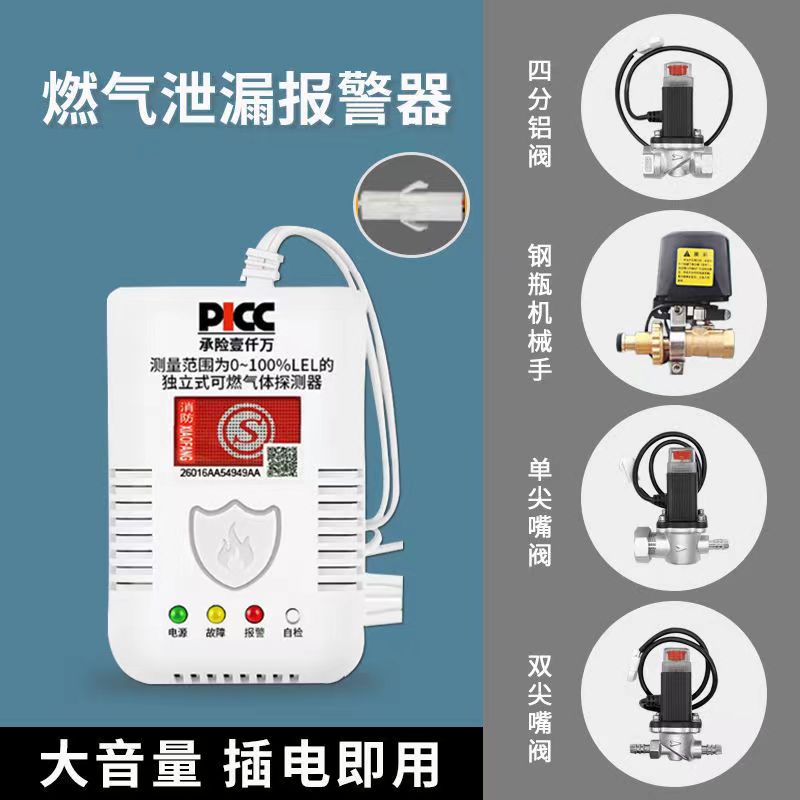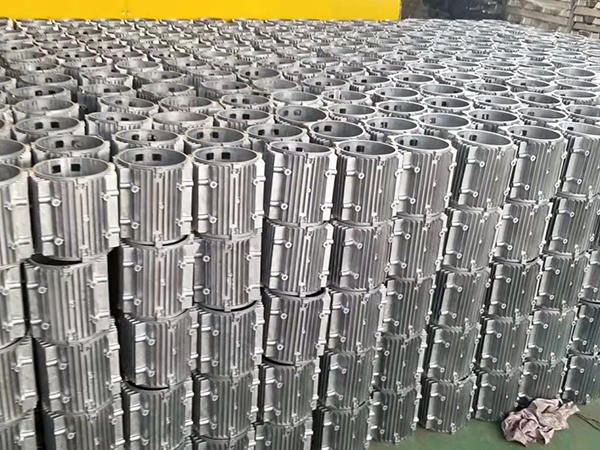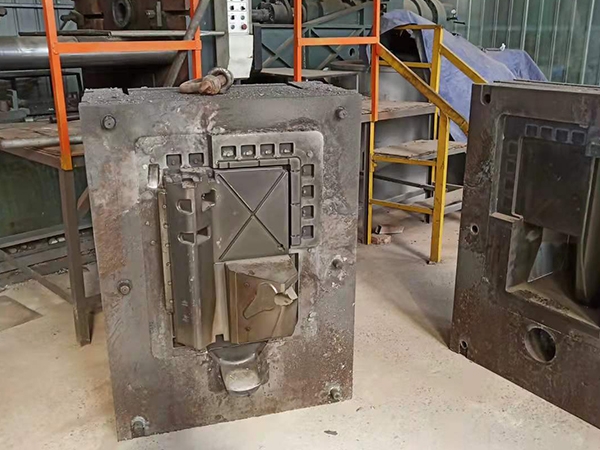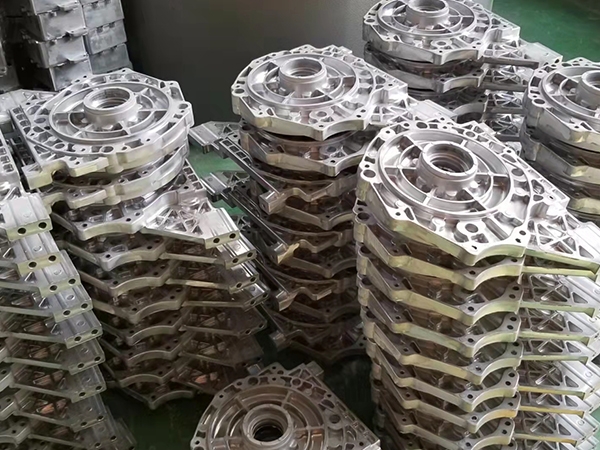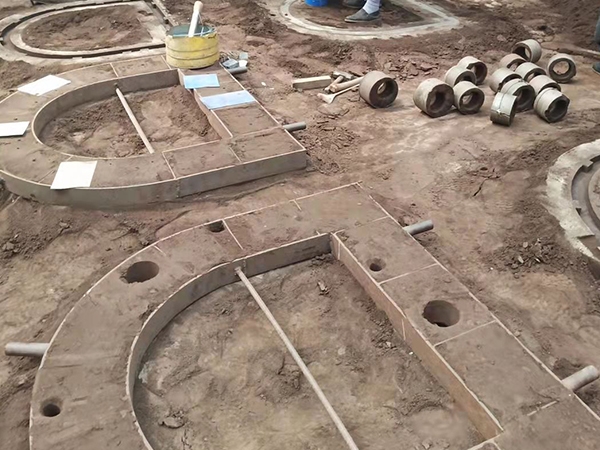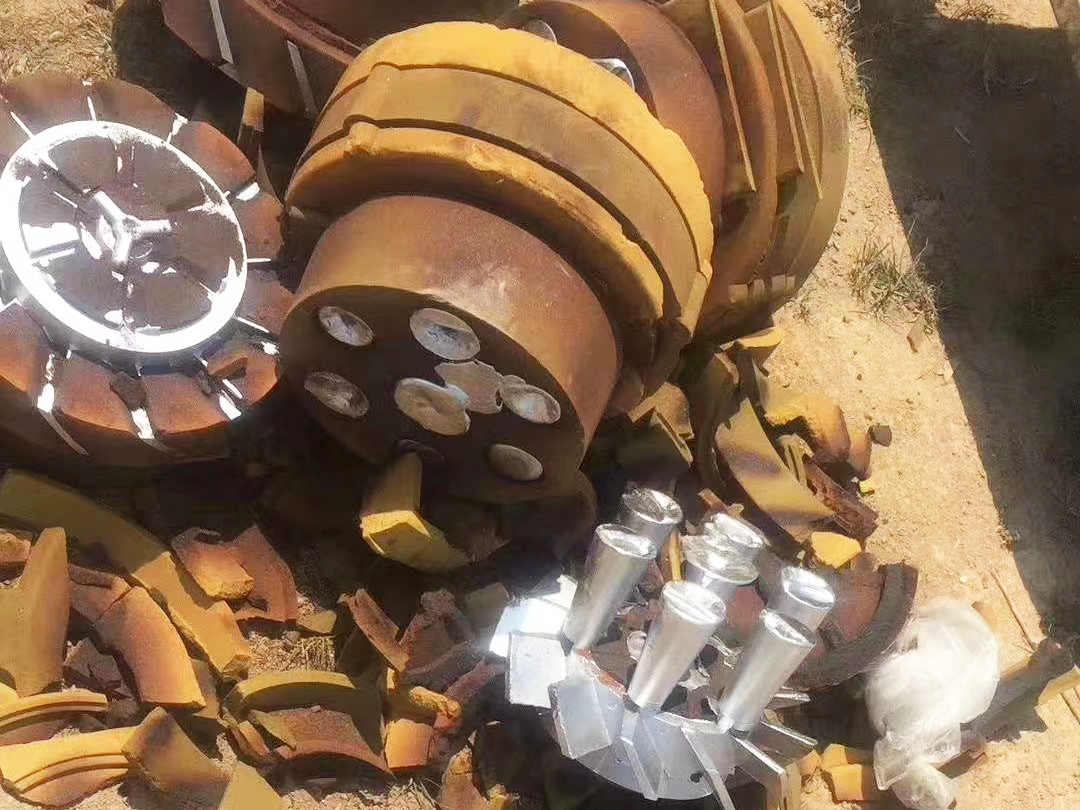Sand casting aluminum series
-
Low pressure cast aluminum series
-
Sand cast aluminum parts series
-
Die cast aluminum parts series
-
Mechanical processing series
-
Sand casting aluminum series
-
Gravity Casting Series
-
Sand cast aluminum parts series
-
Die cast aluminum parts series
-
Electromagnetic gas emergency shut-off valve
-
Domestic gas emergency shut-off valve gas leakage
Hot Product
News
2024-05-12
2024-05-12
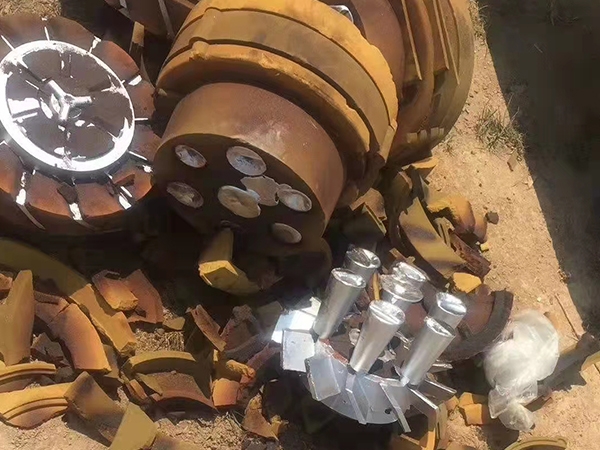
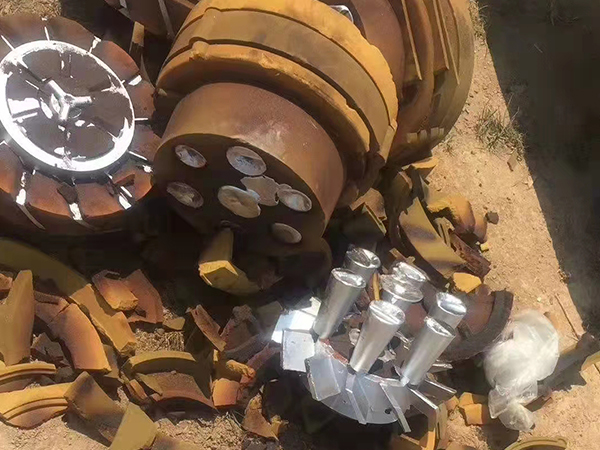
Botou Quanle Metal Products Co., Ltd., a manufacturer of sand casting aluminum.
Sand casting aluminum refers to the production of castings using clay bonded sand as a molding material. It is a long-standing and widely used process method. Speaking of its long history, it can be traced back thousands of years; In terms of its application scope, it can be said that it is used everywhere in the world.
performance
1. Calculation comparison
The specific heat of molding sand is approximately 9.22 × 102J/kg · ℃, the specific heat of water is 4.19 × 103J/kg · ℃, and the evaporation heat of water is 2.26 × 106J/kg. Adding 10kg of water at 20 ℃ (1% water) to 1 ton of sand can raise its temperature to 50 ℃, and the heat it can carry away is 4.19 × 103 × 10 × 30, which is 12.57 × 105J. A decrease of 1 ℃ in temperature for 1 ton of sand requires heat dissipation of 9.22 × 102 × 1000 J, which is 9.22 × 105J. So, adding 1% water to the old sand can only reduce the temperature by 24.5 ℃. Evaporating 1% (10kg) of moisture from 1 ton of sand can carry away 2.26 × 107J of heat, but it can reduce the sand temperature by 24.5 ℃. The above analysis indicates that simply adding water to the belt conveyor or sprinkling water onto the sand pile results in poor cooling effect. Even if water is added and air is blown onto the sand surface, there cannot be much improvement. After adding water, it is necessary to disperse the water evenly in the molding sand, and then blow air into the loose sand to quickly evaporate the water while expelling the steam. There are many types and specifications of sand cooling devices, mainly including cooling drums, double disc coolers, and cooling fluidized beds, all of which use water evaporation to cool sand. Among them, the cooling boiling bed has a better effect.
2. Moisture control of old sand
Almost all foundries inspect and control the moisture content of mixed sand, but many foundry leaders and technicians still lack sufficient understanding of the importance of strictly controlling the moisture content of old sand. The low moisture content of the old sand entering the mixed sand may have an impact on the quality of the mixed sand no less than the high sand temperature. Experimental research and experience have proven that wetting dry bentonite with water is much more difficult than lubricating wet bentonite. Bentonite and water in molding sand are not simply mixed together, they need to be rubbed and rubbed to become plastic. This is like making pottery with clay and water, mixing water and soil together is loose and lacks bonding ability; After kneading and beating, each grain of soil is fully absorbed with water, becoming a plastic state before it can be formed into pottery blanks. After casting, due to the influence of hot metal, the soil water bonding film on the surface of many sand particles is dehydrated and dried. Adding water to make it absorb water and restore plasticity is not easy. The lower the moisture content of old sand, the longer it takes to achieve the required performance by adding water and grinding it in the sand mixer. Due to the limited time required for sand mixing in production, the lower the moisture content of the old sand, the poorer the overall quality of the mixed sand. There is a consensus among foundry workers in various countries that the moisture content of old sand entering the sand mixer can only be slightly lower than that of mixed sand. A better approach is to fully add water during the cooling process of the old sand, and the water content after cooling is slightly lower than that of the mixed sand. In this way, there is still a considerable amount of time from cooling the sand to entering the sand mixer, and water can fully wet the bentonite on the surface of the old sand particles. A better approach is to set up a sand mixer in the system to pre mix the old sand. After cooling, the old sand is pre mixed with water in the pre mixed sand machine to improve the mixing state of bentonite and water in the old sand. In some foreign foundries, when pre mixing, all additional materials such as new sand, bentonite, and coal powder that need to be added are added. Xinweixiang Foundry Company in Tianjin uses a German made EiRich sand mixer for pre mixing. After pre mixing the old sand, the amount of water added to the sand mixer is very small, only slightly adjusted. The bentonite and water in the molding sand are further modulated in the sand mixer, resulting in a more stable and consistent performance of the molding sand.
3. Particle size of old sand
For cast iron parts made with clay green sand, it is better to have a finer particle size of the sand. Due to the fact that the amount of old sand used during sand mixing is generally over 90%, the main factor determining the particle size of the mold sand is the old sand. The amount of new sand added is very small, and it is impossible to change the particle size of the molding sand by adding new sand. So, the particle size of old sand should be regularly tested. When testing particle size, after sampling, clean and remove mud (the remaining sand sample can be used to determine the mud content), dry and screen.
4. Content of water absorbing fine powder
The main components of water absorbing fine powder are dead clay, as well as coking coal powder particles and other fine powders. The lower the content of water absorbing fine powder, the better. It is best to control it between 2-5%. Water absorbing fine powder will compete with bentonite for moisture during sand mixing, increasing the water content required for the mixed sand to achieve the compactability target value. However, according to everyone's understanding, the water absorption ability of fine powder is stronger than that of bentonite, while its ability to retain water is lower than that of bentonite. Therefore, when the amount of water added to the molding sand is slightly different, the water absorbing fine powder has a certain "fine tuning and stabilizing" effect on the performance of the molding sand. When the moisture content is high, fine powder first absorbs water, and the water absorbed by bentonite can be relatively stable and consistent; When the water in the mixed sand evaporates during transportation, the water absorbed by the fine powder first evaporates. The water in the clay paste that binds the sand particles is relatively stable, and the performance of the molding sand also fluctuates less. A high content of water absorbing fine powder is also not good, as it can increase the moisture content of the molding sand and easily lead to defects such as pinholes, surface roughness, and sand holes on the casting. If the content of water absorbing fine powder is too low, the performance of the molding sand (especially its compactability) is not easy to stabilize.

